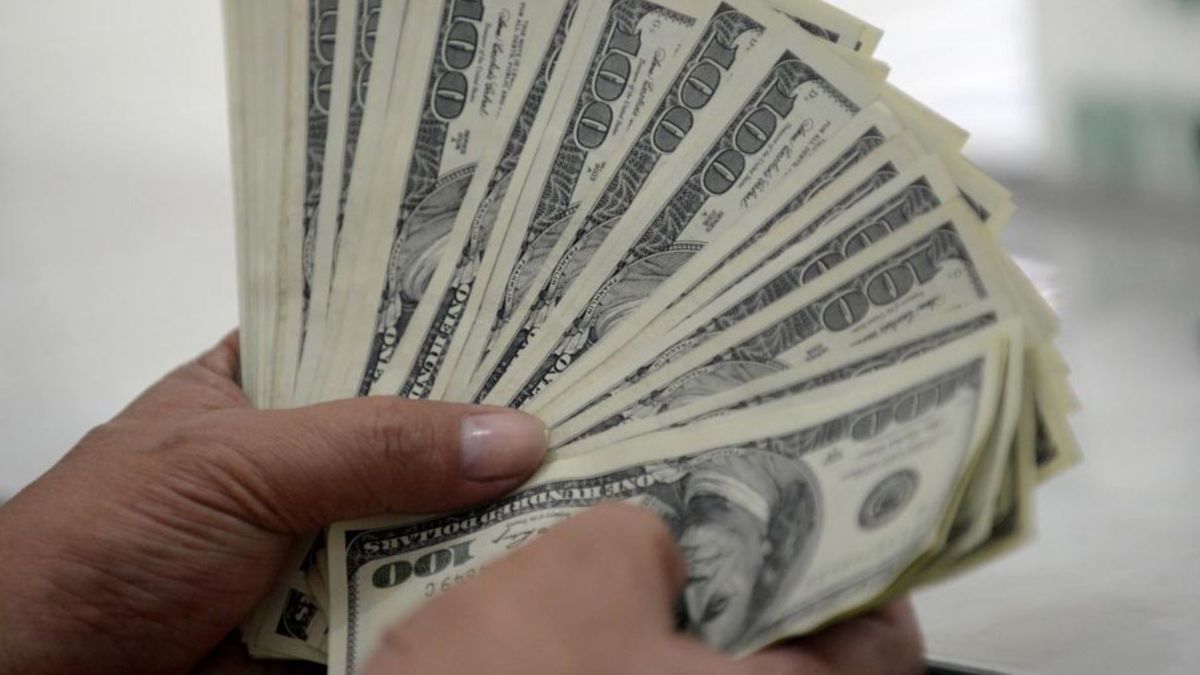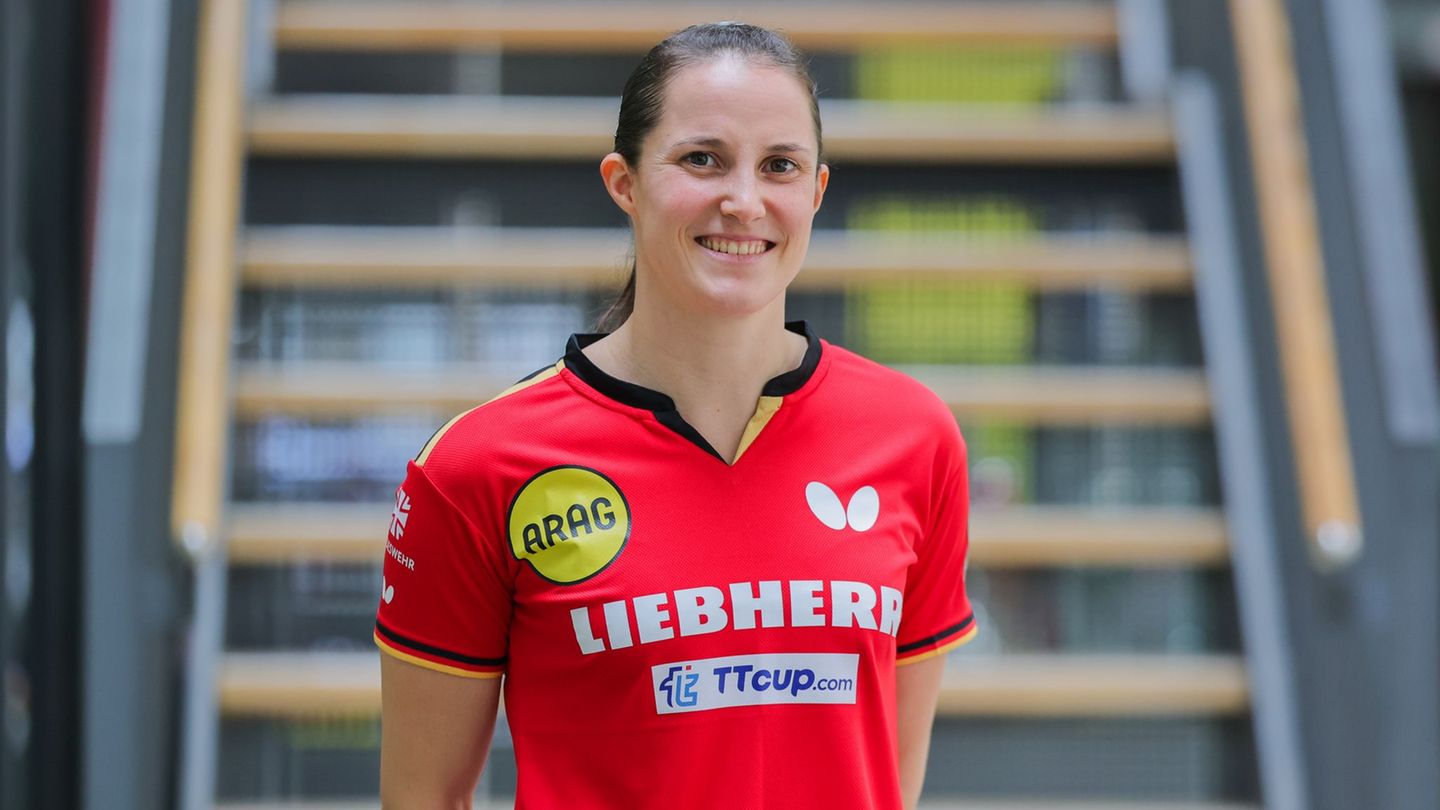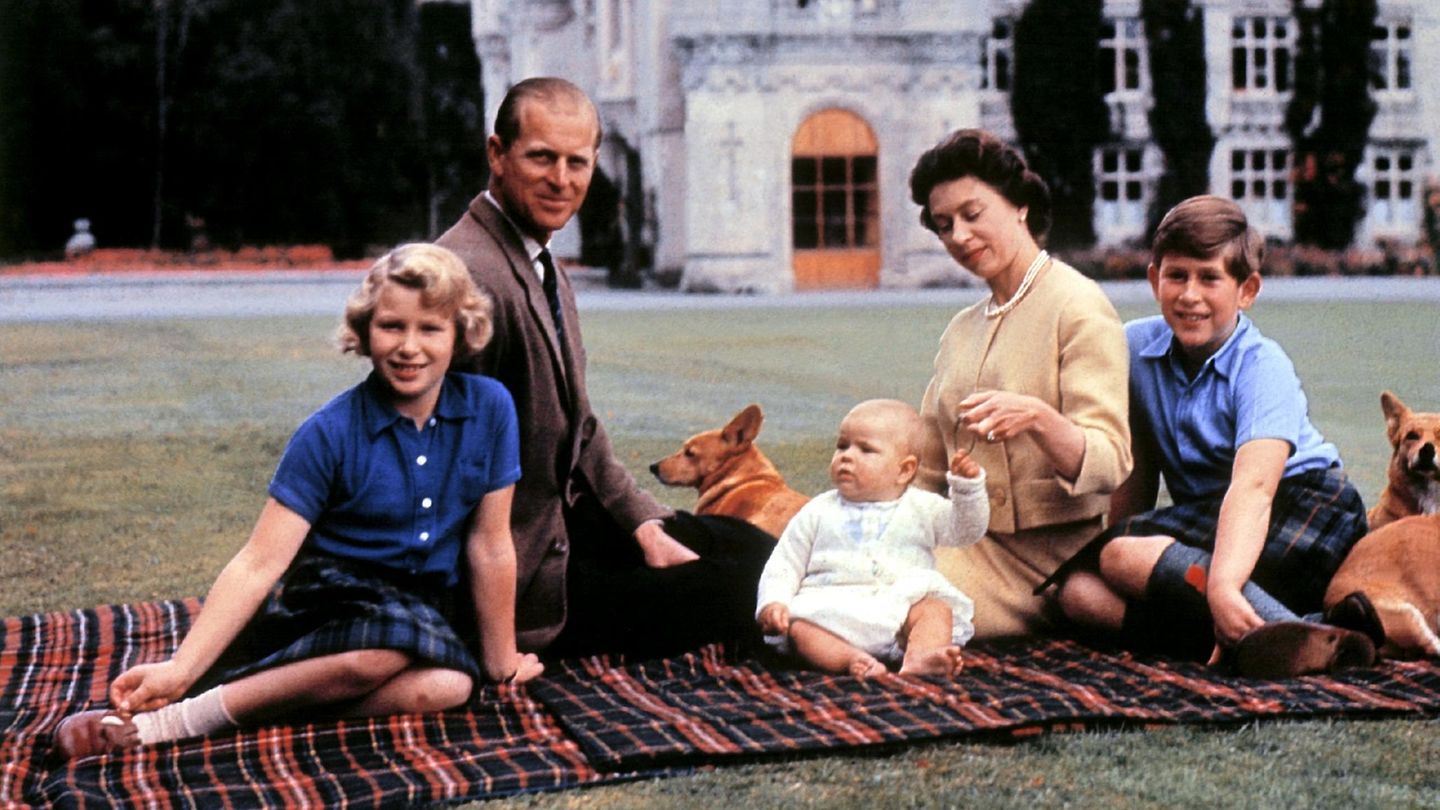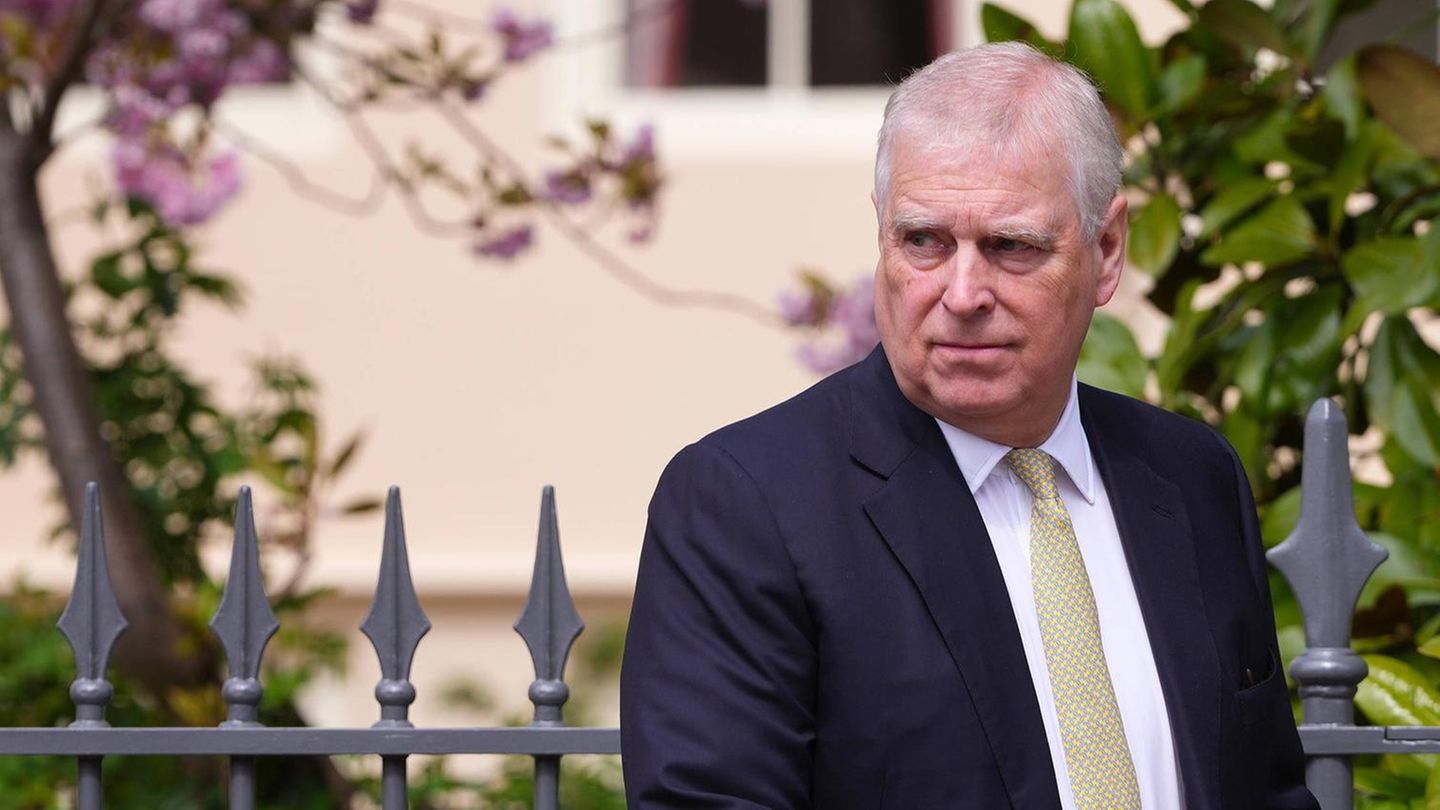In this framework, the spread between the two prices is close to its record since September 2020, when the Government decided to incorporate the 35% tax, deductible from Profits, for the purchase of foreign currency in the retail segment.
However, it should be clarified that the aforementioned price of blue is the sale value of the caves (purchase for the saver). The number that they offer to absorb these bills is $215.
Therefore, to make use of the entire quota of $200 in any bank, a person needs approximately $36,314. But if you then want to sell that $200 on the alternative market, you get $43,000. In other words, he is left with a profit of $6,686 (18.4%).
If that same individual decides to invest his $36,314 in a fixed term of 30 days, he will need to renew it more than 6 times to achieve a return similar to that of the “puree”, with the addition that during that period inflation will surely have “liquefied” the return.
The Government sought to avoid carrying out these speculative operations through restrictions to operate with financial dollars (CCL and MEP). But blue is a more difficult market to regulate.
It is worth remembering, on the other hand, that the saver cannot access the wholesale exchange rate, which is the one that governs foreign trade, without taxes.
Source From: Ambito
David William is a talented author who has made a name for himself in the world of writing. He is a professional author who writes on a wide range of topics, from general interest to opinion news. David is currently working as a writer at 24 hours worlds where he brings his unique perspective and in-depth research to his articles, making them both informative and engaging.




